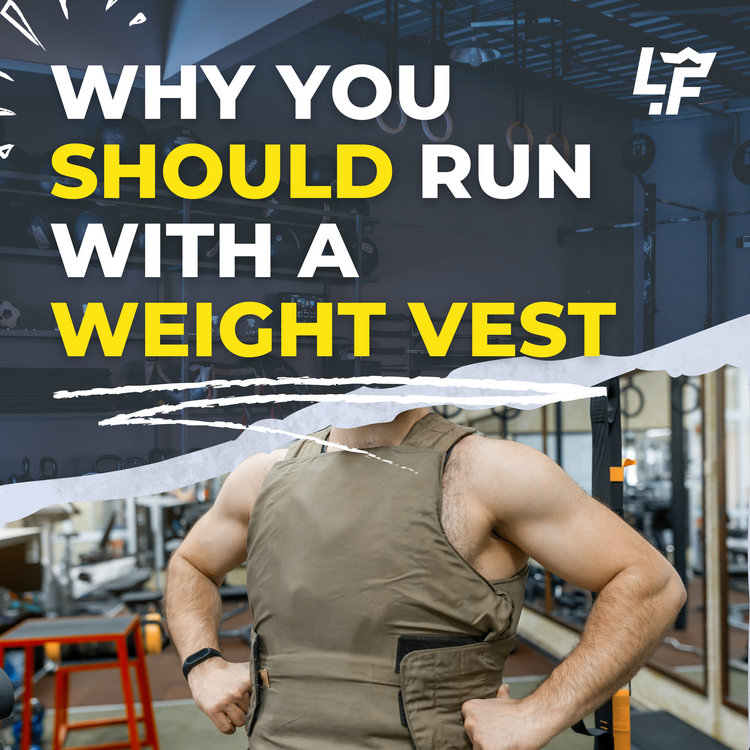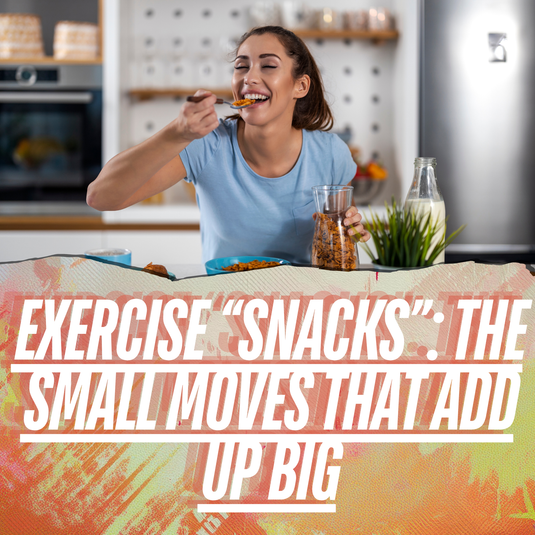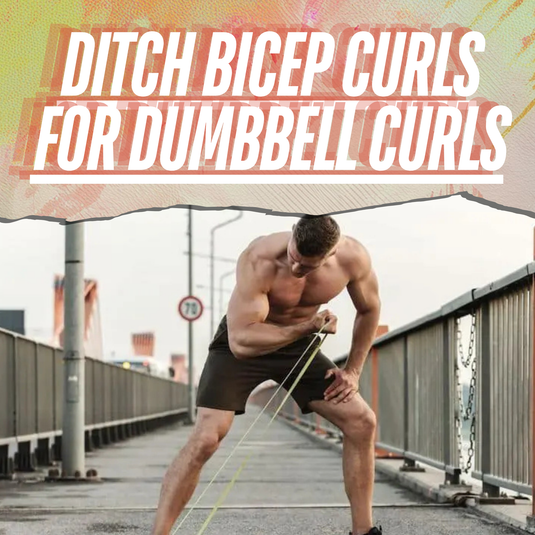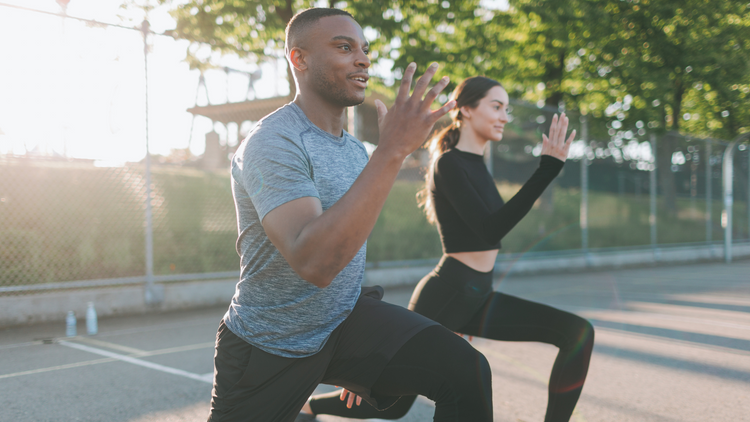Benefits of Running with Weight Vest

⏱️ Estimated Read Time: 6 minutes
🧠 TL;DR
- Benefits of Running with Weight Vest offers effective, accessible movements for targeted results.
- This guide is designed to help you move smarter, build strength, and stay consistent.
✍️ Summary
This post explores benefits of running with weight vest in a way that’s actionable and easy to follow. Whether you're new to this style of training or leveling up, it includes practical takeaways for your routine.
📚 Table of Contents
For runners seeking new ways to boost performance, running with weight vests offers a unique training method to shake up workouts. These specially designed vests allow the wearer to add removable weight plates or bags, providing adjustable extra pounds of resistance. While making an already high-impact exercise even harder on the body may seem counterintuitive, research confirms that strategic use of weight vests can provide benefits.
Will Adding a Weighted Vest Improve My Running?
A common question from those skeptical is whether the benefits of running with a weight vest can make runs harder yet improve them. Traditional training, like intervals and long runs, aims to spur adaptation through overload, but a novel stimulus outside the norm is required to see new progress. Incorporating weighted vest running can pay dividends.
The added resistance on the cardiovascular, muscular, and skeletal systems forces the body to adapt structurally and functionally. When appropriately implemented into a training program, running with a weight vest can enhance endurance, power, bone density, posture, running economy, and more. The key is building up vest weight gradually and maintaining proper running mechanics.
How Many More Calories Will I Burn By Running With a Weighted Vest?
One of the most immediate effects runners notice from weight vests is increased calorie expenditure. But how much more is burned varies based on the extra poundage added and the duration and pace of runs. Generally, research on walking with weights demonstrates significant bumps in calories. One study showed participants wearing 20 extra pounds burned over 15% more calories during walks than unweighted at the same speeds.
Other walking studies using vests showed increases in energy expenditure ranging from as low as 4% up to 44% more calories burned than unweighted conditions. Although data is limited for running specifically, the demand scales up given running's greater intensity. Estimates suggest for most runners, five to ten extra vest pounds can increase calorie burn by at least 10-15% or more per mile run.
Over an hour-long run, that equates to burning potentially 100 extra calories or more compared to running without additional weight. "The resistance provided by the added weight forces much greater muscle recruitment as the body works harder with every step," says coach Amanda Jones. "This amplifies the calorie expenditure over any distance."
According to expert Jim Smith, "For those seeking to maximize fat burning from running, wearing a vest is an easy way to ratchet up results without having to run longer distances or durations." (Jim Smith, personal trainer). Those plateaued in weight or fat loss can leverage the exaggerated calorie burn of weighted running to rekindle results.
Will Wearing a Weight Vest Make Me Stronger?
In addition to extra calorie burn, research demonstrates that running with weight vests enhances muscular strength and endurance development. The vest provides moderate resistance that overloads the body, acting as a strength stimulus. This forces greater muscle fiber recruitment as the body fights momentum with every foot strike and power generation.
Studies on vest running found significant improvements in trunk and lower body muscular endurance compared to unweighted running. Researcher May Chen explains, "This leads to greater fatigue-resistance in the posture-stabilizing muscles like the abdominals and obliques. The low-level resistance training effect also manifests in the arms and shoulders, stabilizing the weights."
According to run coach Jane Doe, upper body gains are another benefit: "The sustained stabilization challenges are like doing dynamic strength training for the shoulders and arms. We see vest wearers build functional muscle to offset running's repetitive nature." (Jane Doe). These full-body strength adaptations allow better injury resilience and running economy.
Can a Weight Vest Strengthen My Bones?
In addition to muscle, research confirms the benefits of running with a weighted vest can also strengthen bone density. The high impact generated during running stimulates bone mineral density in the hips and legs. But adding extra weighted resistance amplifies this effect even more.
Studies on female distance runners over 8-10 weeks showed significantly more significant improvements in hip bone density in group training with weight vests versus those running unweighted. The excess loading likely triggers increased bone remodeling as an adaptation to handle the greater forces. Over time, these structural reinforcements help offset the high osteoporosis risk female runners face.
Older runners stand to benefit significantly from the increased osteogenic effects of running with weight. Per coach Amanda Jones, "The excessive impact forces provide a unique mechanical loading stimulus to help maintain bone strength and density in aging populations vulnerable to osteopenia." In this manner, weighted running can help stave off age-related decreases in bone mass.
Can a Weight Vest Fix My Running Form?
Proper running form is vital for performance gains and injury prevention. However, even seasoned runners need help maintaining ideal posture and mechanics after fatigue. A weight vest can provide tangible feedback and motivation to sustain proper technique. The added weight makes any posture flaws or mechanical inefficiencies quickly apparent.
Certified trainer John Smith explains how this manifests in practice: "The vest weight encourages full core activation and engaged arm drive to counteract the pull of the load. Runners learn to maintain an upright posture and efficient movement patterns under exaggerated demand. This ingrains good form that carries over to unweighted running." (John Smith, certified personal trainer)."
Additionally, the bulk of the vest serves as a cue to engage hip and trunk muscles to avoid rotational torque. By learning to handle heavier loads properly, runners rewire motor patterns of proper mechanics. In this manner, a weight vest becomes a dynamic coach for correcting poor movement habits.
Can Weighted Running Help Me Bust Through Plateaus?
Varying training stimuli is vital to continued progression for any runner. Most fall into a routine of doing the same workouts week after week. But physiological systems quickly adapt to familiar stressors, leading to stagnation. Adding weighted vest runs introduces a completely foreign stress that forces new neuromuscular adaptations, highlighting the benefits of running with weighted vest.
Exercise physiologist Jane Doe states, "The exaggerated impact forces generate greater muscle fiber recruitment as the body learns to rotate and accelerate against the resistance. This novel overload enhances power, endurance, and running economy." (Jane Doe, exercise physiologist).
The mental refresh provided by the new training method also helps break motivational ruts. The simple novelty often makes training feel fun and challenging again. Taking regular runs to the next level with weight opens new possibilities rather than remaining confined to the same old routine.
Pros and Cons of Running with a Weight Vest
Pros:
- Increased calorie burn during exertion
- Builds functional muscular strength and endurance
- Improves bone mineral density and turnover
- Enhances running economy when the vest is removed
- Provides feedback to sustain proper running form
- Adds training variety to spur continued adaptation
Cons:
- Increased injury risk if too much weight is added too quickly
- Can alter natural gait mechanics if poor lifting technique
- Requires gradual buildup and controlled progression
- May cause excessive muscle soreness if recovery is not managed
Tips for Getting Started with Weight Vest Running
Hopefully, the wide range of benefits provided a convincing rationale for adding a weighted vest into a training program. Like any training tool, proper implementation is critical to maximizing gains while avoiding injury.
Consider these tips when starting.
- First-timers should begin with 5-8% of body weight at most.
- Build up vest weight slowly over 4+ weeks.
- Keep weighted runs short initially.
- Reserve initial sessions for uphill segments only.
- Don't let weight alter natural mechanics.
- Allow proper rest between weighted runs.
Employed strategically, weight vest running can provide a unique training stimulus to break through plateaus and propel performance to new levels. The added resistance taxes energy systems and muscles in ways unreplicated by regular running. Gradually integrating vests builds essential capacities like strength, power, and bone density.
But prudently building up duration, mileage, and added weight is crucial to maximize gains and avoid missteps. Allow the body to adapt to the exaggerated loads over time. Be patient, monitor recovery closely, and maintain proper mechanics always. Soon, the feeling of shedding the vest weight will translate into new personal records and unprecedented fitness.
The benefits of improved calorie burn, enhanced running economy, better injury resilience, and more await those willing to embrace weighted running's challenges. Add vest miles systematically and watch your fitness reach new heights!
Helpful Resources:
- Be alerted when we publish more like this to our blog here
- Download our app here
- Daily workout plans here
- Fitness Equipment like barbells and bumper plates here
- Free bodyweight workouts here
- Follow along with $1 video workouts here
Want more guidance? Check out our Weekly Dumbbell Workout #1.
📝 FAQs
How often should I do these exercises? +
2–3 times per week is a good starting point for most people.
Do I need equipment? +
Many of these can be done with just your bodyweight or a single kettlebell or dumbbell.
Can beginners do these routines? +
Yes! These movements are designed to scale with your fitness level.






